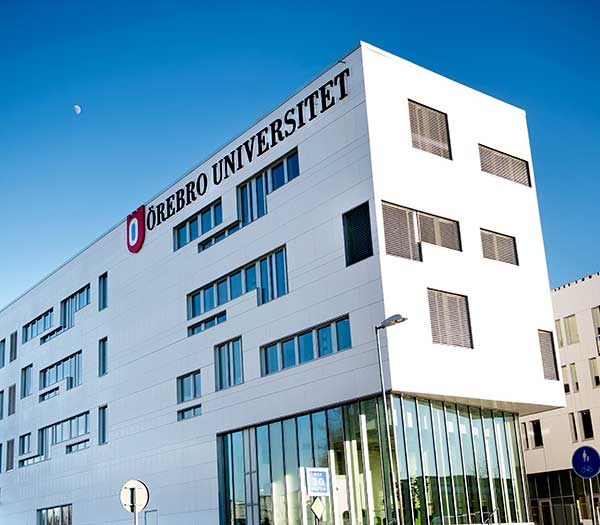Örebro University continues to be among the world’s 500 highest-ranked universities

Örebro University retains its ranking as one of the world’s 500 best universities in this year’s ranking by Times Higher Education.
Times Higher Education (THE) is one of the world’s most valued rankings of higher education institutions. Of some 20,000 universities globally, 1,799 made this year’s ranking – a slightly higher number than a year ago. In addition to citations, the ranking compares teaching, research, international outlook, and industry income.
Örebro University retains its total ranking in the 401–500 band. Among the 13 participating Swedish higher education institutions, Örebro places itself as number 11, in the same band as Umeå University, and ahead of Jönköping University and Karlstad University.
“As international competition intensifies, it is an achievement that such a young university is among the world’s top 500 universities,” says Vice-Chancellor Johan Schnürer.
Research citations are a significant factor in Times Higher Education’s ranking. Citations is a measure of other researchers referring to scientific articles authored by the university’s researchers. Örebro University again ranks 3rd among the 13 Swedish universities on the list, after Karolinska Institutet and University of Gothenburg.
“This is good testimony that Örebro University’s research is, on average, of very high quality,” says Vice-Chancellor Johan Schnürer.
Örebro University was first ranked on the Times Higher Education World University Rankings in 2015. In last year’s THE ranking of the world’s “young universities”, Örebro University was ranked 84th. Örebro University is also included in the Shanghai ranking (Academic Ranking of World Universities, ARWU).
Times Higher Education
Higher education institutions are ranked according to different criteria and weighting within the following areas: teaching (30 per cent), research (30 per cent), citations (30 per cent), international outlook (7.5 per cent) and industry income (2.5 per cent).
To be included in this ranking, two basic criteria must be met. The higher education institution must offer courses and study programmes at the undergraduate level, and its researchers must have published at least 1,000 scientific papers in the five years leading up to the ranking.
The ranking is based on higher education institutions’ self-reporting, researchers’ questionnaire answers, and a citations analysis performed by an international publishing company.
Learn more on the Times Higher Education website.
